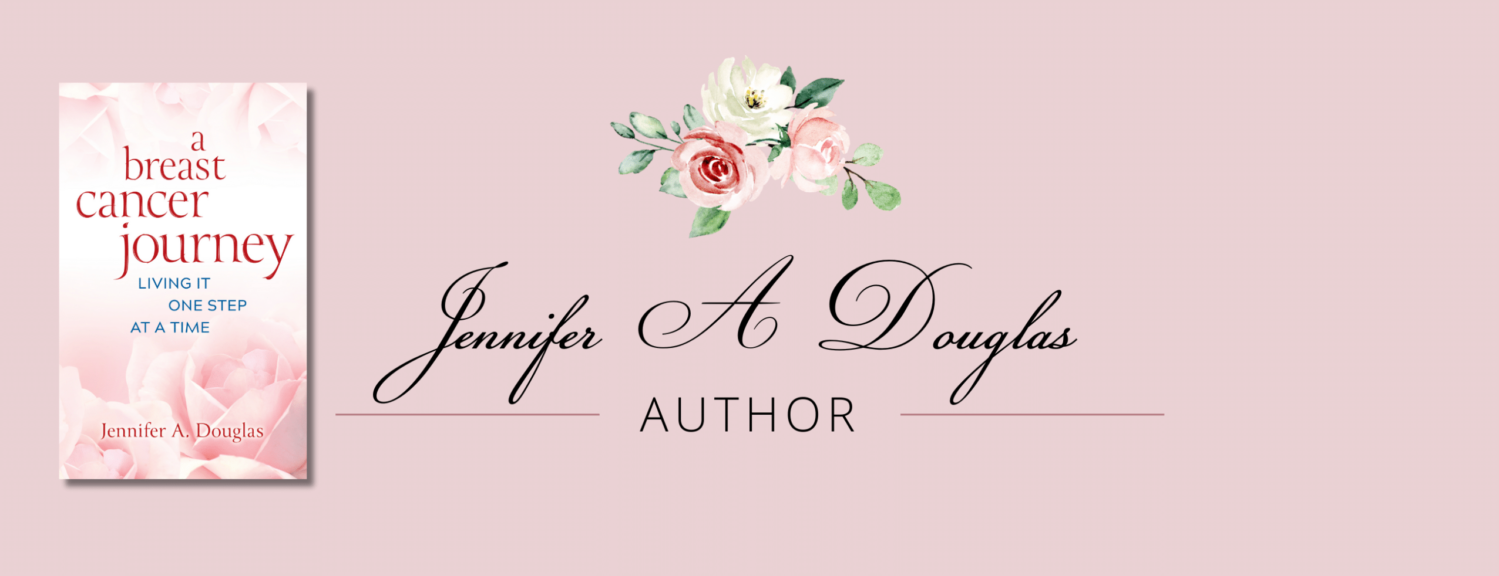
Scanxiety Over My One-Year Imaging
I experienced my share of scanxiety as I approached my one-year imaging appointments this December. Scanxiety is a word that combines the words scan and anxiety. It is a term that is used in the cancer community to describe the feelings we are experiencing as we face the imaging associated with diagnosis, treatment, and follow-up.
Please Note: I am not a medical professional. Please follow the advice of your medical team, and read my disclaimer for more information.
Scanxiety wasn’t something I was expecting to experience after my DCIS treatment. But, as I faced the 6 month and 1 year imaging, I definitely felt anxious going into these imaging appointments.
I just completed my one-year scans and appointments last week! It was a busy time, filled with anxiety, anticipation, and relief. Thankfully, the results of my breast imaging- mammogram and ultrasound- were benign! Now that these scans are done are done, I can focus a little more on the holidays.
Post-Treatment Scans: What to Expect
You will have a unique set of post-treatment scans based on your diagnosis.
Last fall, my DCIS was treated with a lumpectomy plus radiation. Because of that treatment choice, I will still have mammograms and ultrasounds to check and make sure that there isn’t a recurrence in my right breast or new cancer in my left breast.
Every treatment team will work to decide what the right frequency of imaging is. My surgeon likes to follow his patients every six months for the first two years, and then annually after that.
I had my first imaging done in June of 2020 and then my second round in December. Each time I was anxious going into the scans. Would they find another cancer? Did they really get it all? What if it came back? Did I make the right choice to get a lumpectomy?
Scanxiety – Why?
Why couldn’t I be calm going into these imaging tests?
Going into a mammogram feels very different now after being diagnosed with breast cancer. The mammogram was what caught my DCIS. I simultaneously have great respect for the scanning methodology, and also anxiety because it has the ability to discover something new.
It isn’t unusual to feel this anxiety going into scans, especially if you have previously had cancer. It is called “scanxiety” in the cancer community. I really appreciate this word because it encompasses my feelings as I face future imaging. These scans are designed to find more cancer, yet they also seem to have the ability to find my anxiety as well.
There’s not much I can do about the anxiety. I don’t know what the mammogram will find, and so I need to go, get the scan, and then wait for the radiologist to read it. My DCIS wasn’t palpable- there was no lump. So, if there is more DCIS growing, it will show up on the imaging.
Mindset
Going into my follow-up scans I tried to focus on my mindset as much as possible. I was feeling anxious, and rather than dismissing my feeling as invalid, I decided to embrace the fear.
I decided that it was ok to feel fear and anxiety going into a mammogram or ultrasound. Just a year ago, these imaging tests found my cancer. The results of these tests led to biopsies, surgery, and radiation treatment. That was my reality last year.
So, it is totally ok for me to be fearful that these scans would be anxiety producing.
Saying No to “Fake Positive Thinking”
I don’t want to spend time on fake positive thinking. What is this “fake positive thinking”?
Fake Positive thinking tries to dismiss my fears. It tries to persuade my brain that I have nothing to be afraid of. It doesn’t acknowledge my anxiety going into the mammogram.
Rather, it tries to suppress the feelings by telling me things like “It will be ok” or “You’ll never get that cancer again”, or “Think positively and it will be fine”. Fake Positivity doesn’t allow me to feel fearful. It wants me to think that I will never get breast cancer again.
Fake Positivity wants me to be cheerful and worry-free going into the mammograms. This voice diminishes my real fears of walking into the imaging center again.
Fake Positivity makes me feel weak for being frightened and anxious.
Fake Positivity tells me everything will be fine.
This voice doesn’t allow me to think about the possibility of a recurrence.
Fake Positivity isn’t helpful to me at all.
So, if fake positivity isn’t helpful, what mindset can I embrace going into imaging?
Saying Yes to A Realistic Mindset
I have decided to focus on a realistic mindset. This realistic mindset acknowledges that there could be something found on the scans. A mammogram found my DCIS in the summer of 2019. It is possible that I could have DCIS again.
The realistic mindset allows me to feel the anxiety going into the ultrasounds, mammograms, and MRIs. I remember how it felt last year to have the imaging results lead to biopsies. It was frightening and traumatic, even if they didn’t all result in cancer. It is completely reasonable for me to feel anxiety walking into the same mammogram room where my cancer was discovered. I am not weak because I have anxious thoughts.
I acknowledge the possibility of a result that means more biopsies and potentially more surgery. My emotions range from hopeful to fearful during the days leading up to and after the imaging. It is all a part of the process.
The realistic mindset also allows me to develop a potential plan if something is found on the imaging. When I begin to worry, I walk myself through the diagnostic process and think about when I might schedule the potential biopsy or surgery if necessary. Just by allowing my mind to walk through the next few potential steps, I feel my anxiety lower. It is as if my brain is more scared of the unknown. When I allow my rational side to do a little planning, the anxiety lowers.
A realistic mindset allows me to acknowledge that a recurrence or new breast cancer is possible. I was diagnosed at 41, and so I have many years left of scans. Also, I chose a lumpectomy. This means I still have breasts to image and potentially to get more breast cancer. If so, I’m grateful I have a team and I know what the treatment might be like. If I do have a recurrence, it won’t be my first entry into this breast cancer world. I have a support system and a medical team in place who are keeping a very close eye on me.
Practical Ways to Handle Scanxiety
Scanxiety is a completely normal thing to feel as we face follow-up imaging. The results of these images have the power to change the course of our lives. Feeling frightened or anxious is a valid emotion.
What are some practical ways that we might handle scanxiety?
- Talking to a supportive family member or friend
- Taking a walk outside
- Meditation and Mindfulness
- Prayer
- Journaling
- Writing out a practical plan so that you feel prepared if the results are not good
- Seeking psychological support from a professional
- Creative distraction- Getting involved in aa fun project
- Playing a fun game on your phone. I like to do this while I’m waiting for the doctors
- Listening to peaceful and relaxing music
- Deep breathing
- Yoga
- Coloring
- Working on a puzzle or brain teaser
- Taking a relaxing shower or bath
- Watching a funny show or video
These things might not be able to eliminate our anxiety, but they can help us keep it to a manageable level as we approach the appointments. If you are feeling really anxious and cannot sleep or function at all, then I highly recommend you reach out to your care team to ask if any medications might be prescribed to you to help you get through this time.
Scanxiety may come and go as you approach your regular imaging appointments. I hope that the idea of embracing a realistic mindset can help you acknowledge the feeling without getting too overwhelmed. Do you have any ideas to share about managing scanxiety?
Jennifer Douglas
Jennifer is the author of "A Breast Cancer Journey: Living it One Step at a Time," breast cancer survivor, and patient advocate. Her book, published in 2023 by Bold Story Press, is an encouraging guide for breast cancer patients. It contains first-hand information, organized by topics, to help readers navigate the diagnosis, treatment, and recovery from breast cancer. Her writing emphasizes emotional, mental, and physical well-being along with empowered decision-making.


You May Also Like

A Lovely Honor from the Dr. Susan Love Foundation
March 17, 2023
DIEP Flap Insurance Coverage at Risk: Urgent Advocacy Issue
January 24, 2023
